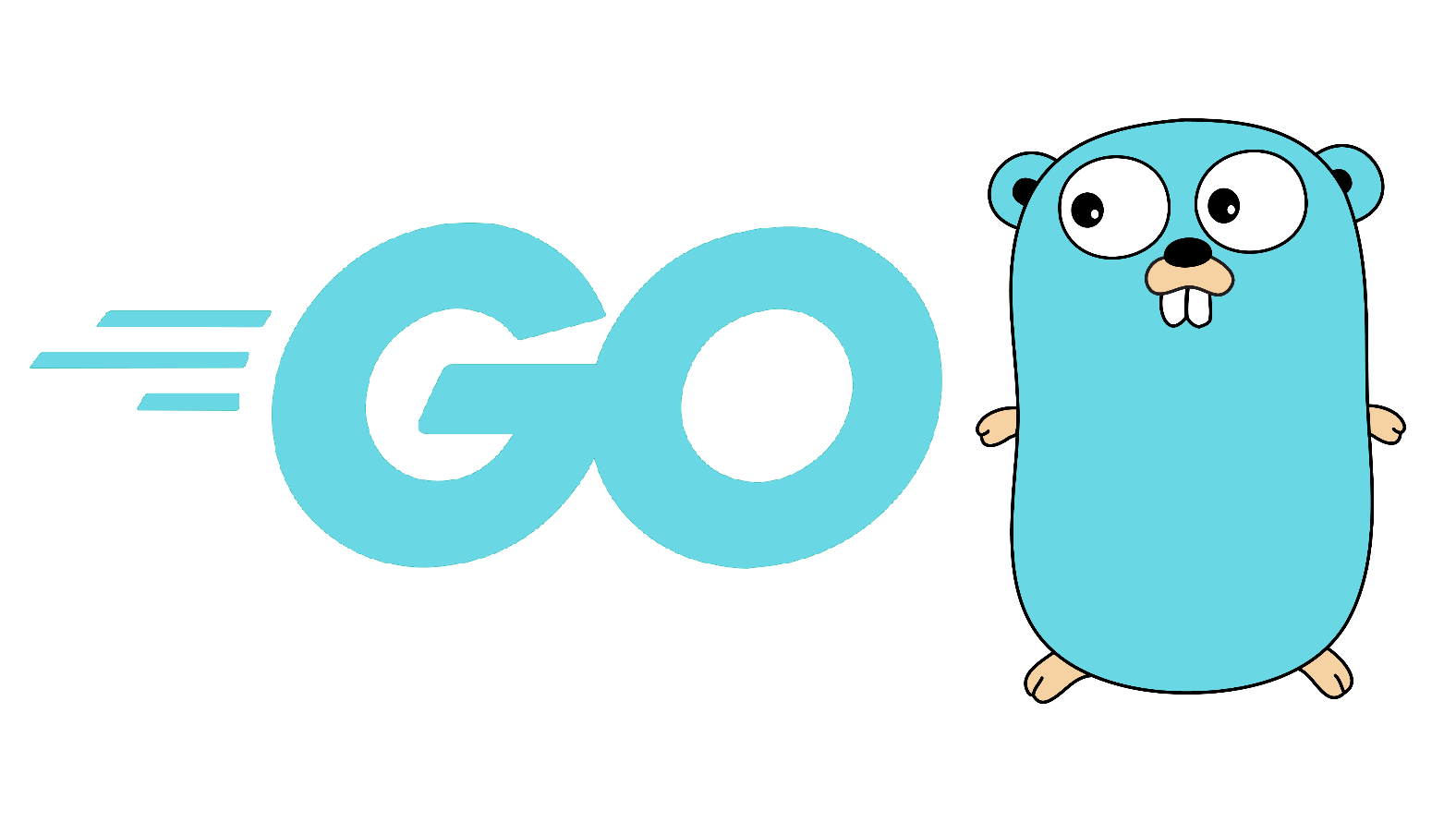
Google made Go, also known as Golang, in 2009. It is a high-level, open-source programming language. It was made to be simple, fast, and scalable, and it has become popular for making modern, efficient software, especially for cloud, networking, and distributed systems. Here is a short review of Go that looks at its main features, pros and cons, and possible uses.
Important Features
Simplicity: Go’s syntax is simple, with only 25 keywords, so it’s easy to read and learn. It doesn’t have complicated features like inheritance or operator overloading.
Concurrency: goroutines and channels make it easy to handle multiple tasks at once, which makes it easier to handle tasks that are happening at the same time.
Performance: Go is almost as fast as C because it is compiled to machine code and uses very little memory.
Standard Library: A rich standard library for networking, file I/O, and more that makes it less necessary to rely on outside libraries.
Garbage Collection: Automatic memory management makes development easier without slowing down the program.
Tooling: Go has built-in tools for formatting (gofmt), testing, making documentation, and managing dependencies (go modules).
Cross-Platform: Works on Linux, macOS, and Windows, and it’s easy to compile code for all three.
Strengths
Fast Compilation: Go compiles quickly, even for big projects, which makes developers more productive.
Concurrency Model: Goroutines are small (about 2KB of memory) and managed by the Go runtime, which makes concurrent programming easy and fast.
Scalability: Great for microservices and cloud-native apps, it powers tools like Terraform, Kubernetes, and Docker.
Type Safety: Static typing with type inference makes sure that code is strong without too much boilerplate.
Community and Ecosystem: A growing community with strong tools and libraries, all supported by Google.
Built-in Testing: Native support for unit testing and benchmarking makes it easier to ensure quality.
Weaknesses
Not having generic drugs (until recently): Generics were added to Go 1.18 (2022), but they are still being adopted, and earlier versions didn’t have them, which limited flexibility.
Minimalism Trade-Offs: It doesn’t have advanced metaprogramming or complex type systems, which can be frustrating for developers who use languages like C++ or Rust.
Handling Errors: Explicit error checking (using if err != nil) can be long and repetitive, but it makes things clearer.
Smaller Ecosystem: Go’s library ecosystem isn’t as big as Python’s or JavaScript’s, so some tasks need more custom code.
No GUI Support: Go isn’t great for desktop or GUI apps; it’s better for server-side and command-line tools.
Examples of Use
Cloud and Microservices: A lot of cloud infrastructure tools, like Kubernetes and Docker, use this because of how well it works and how it handles concurrency.
Web Development: Go is a great choice for making fast, scalable APIs because of frameworks like Gin and Echo.
DevOps Tools: CLI tools like Hugo and Terraform are popular because they only need one binary file and work on multiple platforms.
Networking and Distributed Systems: Great at making servers, proxies, and distributed systems like gRPC and Consul.
Data Processing: Used in backend systems and data pipelines because it is fast and can handle many tasks at once.
Community and Adoption
Go has a strong and growing community that gets regular updates. The most recent stable version is Go 1.23, which came out in September 2025. It gets high marks from developers (for example, Stack Overflow 2024) for how easy it is to use and how well it works. Go is used by big companies like Google, Uber, Dropbox, and Cloudflare for important systems.
The Learning Curve
Go is easy to learn for beginners, but its concurrency model and performance make it appealing to more experienced developers. There are many ways to learn, such as the official “A Tour of Go” and books like Donovan and Kernighan’s The Go Programming Language.
Final Thoughts
For developers looking for a simple, fast, and scalable language for modern backend systems, especially in the cloud and networking areas, Go is a great choice. Its simple design and concurrency model are two of its best features, but it might not be the best choice for projects that need complex abstractions or GUI development. Go is one of the best choices for microservices, DevOps tools, and server-side applications.